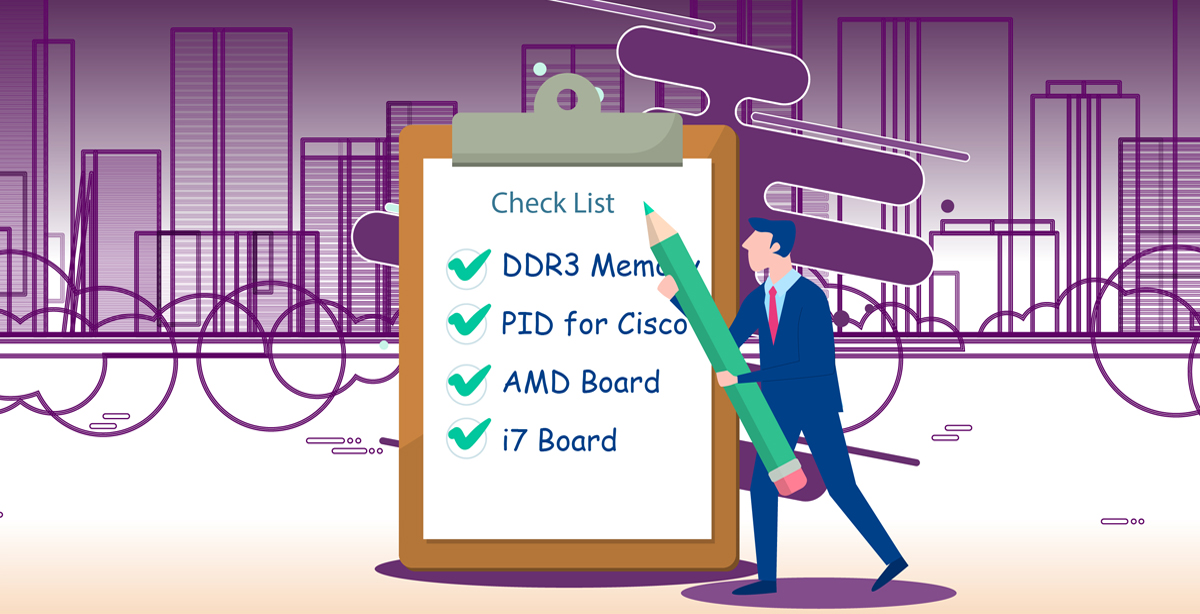We understand that making a list of retired IT equipment with office shutdowns and stay at home policies, during this pandemic, may be a bigger feat than normal but here are a few easy steps you can take to get money back on your dormant equipment.
Step 1: Access existing IT equipment list You may already have an existing list of your IT assets. This list may not be as apparent if you do not have an employee to asset tracker but we are able to assess the value using purchase orders or invoices from when the equipment was acquired.
Step 2: Build a list This step can be as easy as roughly counting how many on one type of asset you may have and gathering general information. For example, you may know that you have roughly 50-100 Dell 7040 that are i7 series and that is enough information for us to access value. There are however some categories that we do need a little more information to give an upfront purchase offer. If you are able to access the equipment it may be beneficial for you to use our TEMPLATE to collect information. So, before you begin, keep the following tips in mind to make sure you collect all of the necessary information by product category without wasting time on equipment that is too old or collecting irrelevant information.
| Category | Potential Value Back or Recycle | Data collection for items that can have Value Back |
|---|---|---|
| Servers and Blade Servers | Potential Value Back: anything with DDR3 memory or Newer Recycle: anything with DDR2 memory or older |
|
| Storage arrays and network storage devices | Potential Value Back: Best to just collect some basic info and run it past us. |
|
| Networking (switches, routers, access points) | Recycle: anything older/slower than Gigabit speed |
|
Computers (desktops, laptops, tablets and smart phones) | Recycle: anything that has a processor older than Intel Core i Series. Potential Value Back: any computer with 3rd generation i3, i5, i7 or AMD of a similar generation |
|
| IP Phones | Potential Value Back: Based on age. Models that are newer than 5 years old typically will still have value. |
|
| Other Categories (peripherals, cables, printers, monitors, server racks, and other e-waste) | Recycle: Not typically worth collecting information on unless you have a large quantity of one model (50+) |
|
Step 3: Call us 1-855-896-2576 We have our teams on standby waiting for your phone call. A short conversation can help you determine what equipment you have that may have value and also what Avail Recovery serves may work best for you. We will also go over additional information regarding the security of your data and how simple we make logistics. An easy phone call may relieve your financial worries and save you time when collecting your IT asset details.
